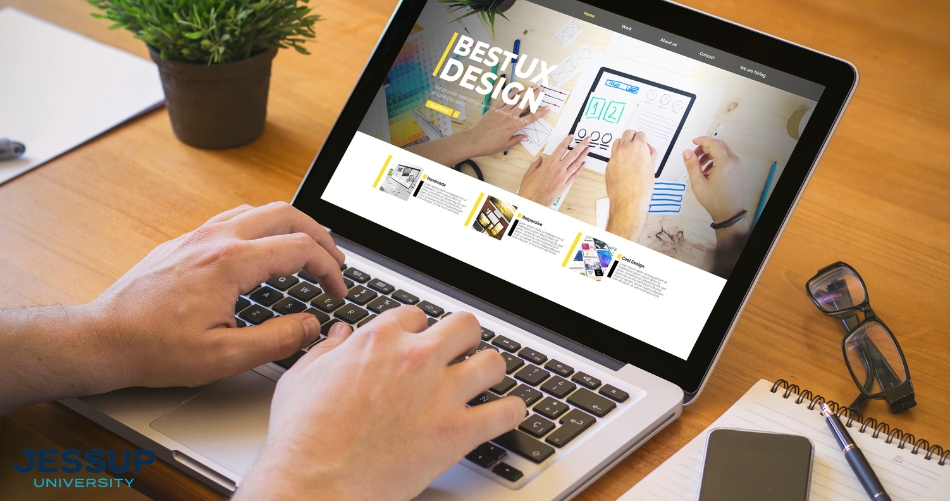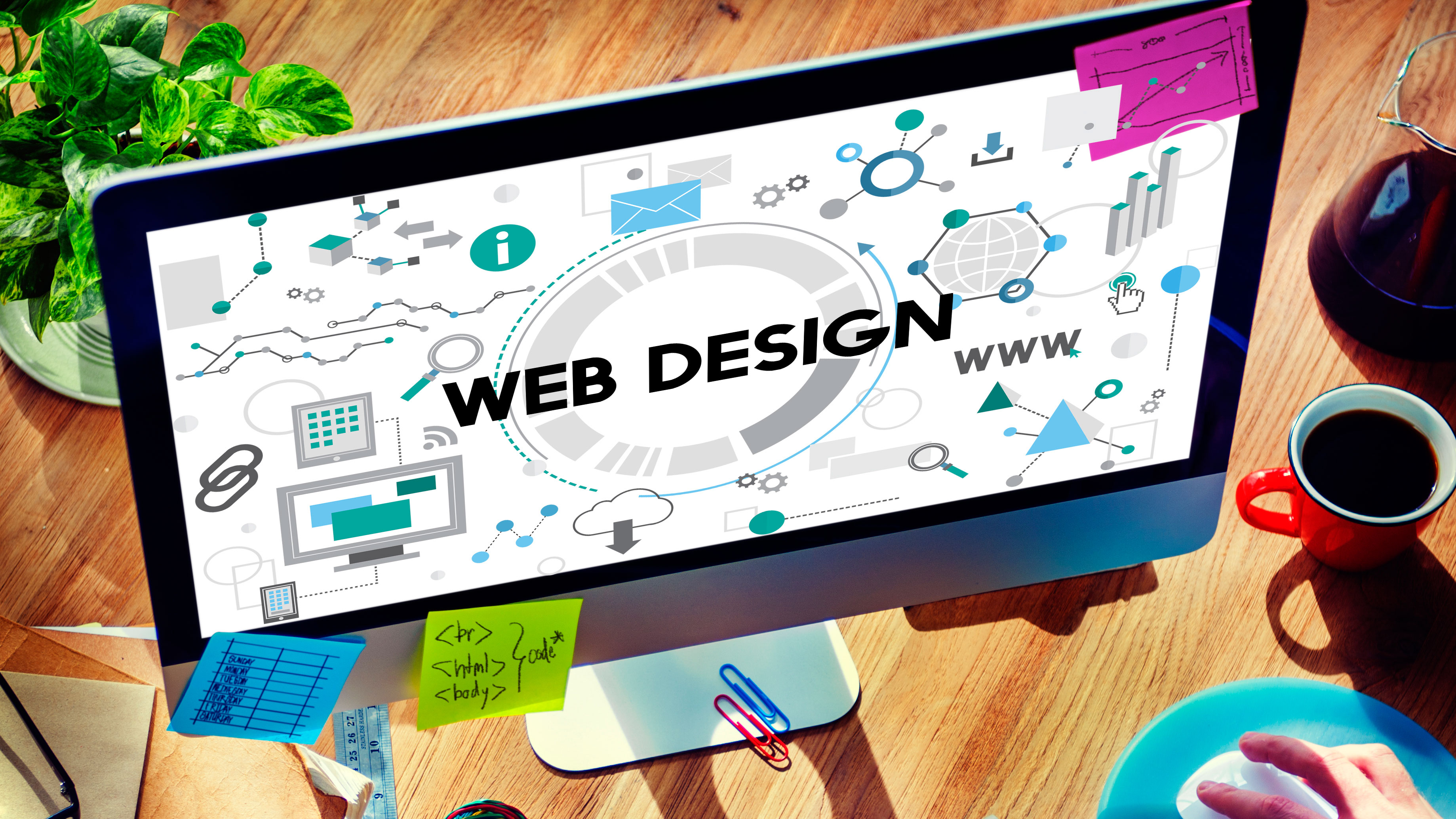Aligned Position Web Design: Expert Web Design Strategies for Achieving Business Goals Online
Aligned Position Web Design: Expert Web Design Strategies for Achieving Business Goals Online
Blog Article
The Best Types of Web Style to Boost Individual Experience and Involvement
In the ever-evolving landscape of digital interaction, the effectiveness of Web design significantly impacts user experience and engagement. Different style techniques, such as minimalist, receptive, and interactive layouts, each deal one-of-a-kind advantages that can cater to diverse individual requirements.
Minimalist Web Design
As electronic landscapes end up being increasingly messy, minimalist Web layout has become a powerful method to enhancing user experience. This style approach focuses on simpleness, concentrating on crucial components while removing unneeded disturbances. By making use of adequate white area, simple navigation, and a restricted color combination, minimalist design fosters quality and directs user interest to essential content.
The core concept of minimalist website design is to produce a seamless interaction for users. By decreasing cognitive lots, individuals can swiftly grasp information without really feeling overwhelmed. This direct strategy not only boosts use however also urges interaction, as site visitors are most likely to discover a site that is aesthetically attractive and easy to browse.
Additionally, minimal design frequently highlights typography and imagery, using these elements purposefully to convey messages successfully. This focus on crucial components can boost brand identification and develop a remarkable individual experience. Fundamentally, minimalist website design is not just a pattern; it is a thoughtful methodology that acknowledges the importance of user-centered style. By removing away peripheral elements, developers can produce an extra engaging, effective, and enjoyable Web experience for all users.
Responsive Web Design
In today's diverse electronic setting, responsive website design has ended up being crucial for creating a seamless individual experience throughout a wide variety of tools. As users access websites on mobile phones, desktops, laptops, and tablets, the ability of a website to adapt its design and material to different screen sizes and resolutions is essential.
Receptive website design utilizes flexible grids, images, and CSS media queries to ensure that Web material exists efficiently, despite the device made use of. This approach not just improves the visual appeal of an internet site yet also significantly improves use. Individuals are much more most likely to engage with a site that offers a regular experience, as it gets rid of the disappointment of having to zoom in or scroll excessively.
By taking on responsive design, organizations can improve their presence and reach a wider audience. In recap, receptive Web style is a basic practice that boosts user experience, interaction, and total complete satisfaction.
Interactive Website Design
Responsive Web layout lays the groundwork for improving customer experience, but interactive website design takes this a step even more by involving customers in a more dynamic way - Aligned Position Web Design. By incorporating aspects such as computer animations, clickable models, and real-time responses, interactive Web design mesmerizes customers, drawing them into a richer browsing experience
This method not only promotes interaction but additionally encourages users to check out material proactively as opposed to passively eating it. Techniques such as gamification, where users earn rewards for completing tasks, can dramatically enhance the time spent on a website and enhance general contentment. Interactive features can simplify complex information, making it much more pleasurable and digestible.

Integrating interactive layout elements can likewise bring about higher conversion rates, as customers are much more most likely to involve with a website that actively includes them. Aligned Position Web Design. Ultimately, interactive visit their website website design changes user experiences into unforgettable trips, making certain that visitors return time after time
Apartment Layout
Identified by its minimalistic approach, flat style highlights simpleness and capability, removing away unneeded aspects and concentrating on crucial features. This design viewpoint prioritizes usability, making sure that customers can navigate user interfaces easily and effectiveness. By utilizing a clean aesthetic, moved here flat design gets rid of the mess usually found in a lot more ornate designs, consequently boosting user concentrate on web content and functionality.
The characteristic of level layout depends on its use of bold colors, simple typography, and geometric shapes. These components contribute to an aesthetically enticing interface that is both approachable and modern-day. Furthermore, flat layout fosters a sense of quality, permitting customers to recognize important actions and details without diversion.
Additionally, level design is specifically effective in responsive Web design, as its simplicity converts well across numerous tools and screen dimensions. By focusing on crucial functions, flat layout not just satisfies customer demands but additionally urges seamless interaction, making it a vital part of efficient Web layout strategies.
Flexible Website Design
Adaptive website design tailors the customer experience by creating numerous fixed formats customized to various display dimensions and gadgets. Unlike receptive style, which fluidly adjusts a single layout, adaptive layout employs distinctive layouts for specific breakpoints, making sure optimum discussion on different systems. This method enables developers to concentrate on the one-of-a-kind qualities of each tool, enhancing usability by providing exactly what users need based upon their context.
One of the main benefits of adaptive website design is its capacity to maximize lots times and efficiency. By serving tailored content and pictures that fit the user's device, web sites can decrease data use and enhance loading rates. This is especially valuable for individuals with slower connections or minimal information plans.

Furthermore, flexible style promotes a more controlled and consistent branding experience. Given that developers create multiple designs, they can make sure that the aesthetic elements straighten with the brand name's identity throughout different platforms - Aligned Position Web Design. This causes a natural user experience, improving engagement and advertising user retention
Conclusion
Minimalist style promotes clarity and focus, while receptive design ensures flexibility throughout various tools, promoting ease of access. Jointly, these layout comes try this web-site close to contribute to the development of easy to use environments that not just improve complete satisfaction but additionally drive higher conversion prices, underscoring their critical value in contemporary Web design methods.

Minimalist layout cultivates quality and focus, while responsive layout ensures versatility across different tools, advertising accessibility. Jointly, these layout comes close to add to the development of straightforward atmospheres that not just enhance complete satisfaction yet additionally drive higher conversion rates, emphasizing their important value in contemporary Web style methods.
Report this page